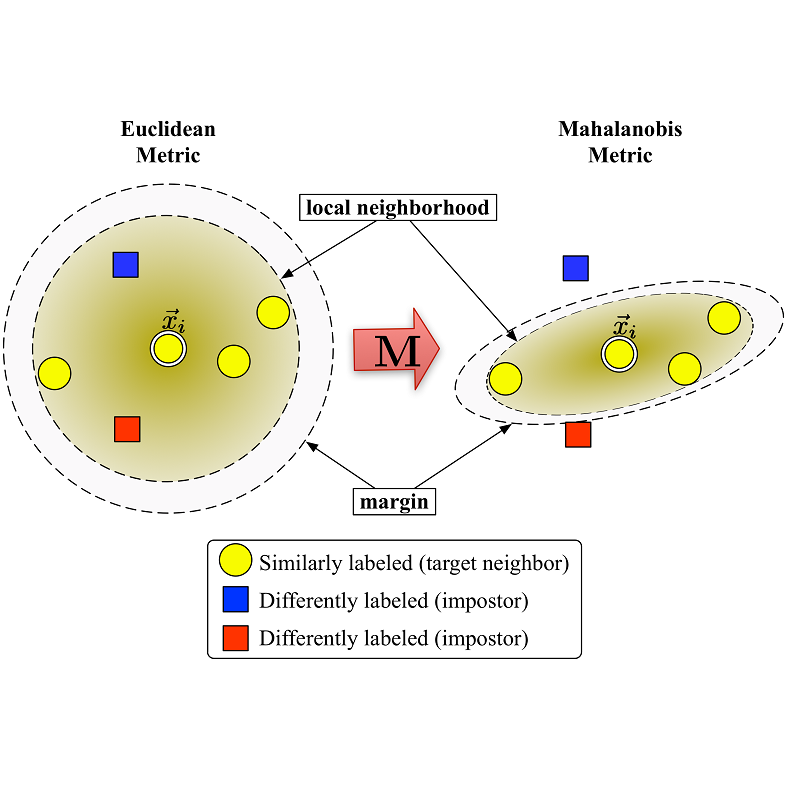Product recommendation systems are important for major movie studios during the movie greenlight process and as part of machine learning personalization pipelines. Collaborative Filtering (CF) models have proved to be effective at powering recommender systems for online streaming services with explicit customer feedback data. CF models do not perform well in scenarios in which feedback data is not available, in cold start situations like new product launches, and situations with markedly different customer tiers (e.g., high frequency customers vs. casual customers). Generative natural language models that create useful theme-based representations of an underlying corpus of documents can be used to represent new product descriptions, like new movie plots. When combined with CF, they have shown to increase the performance in cold start situations. Outside of those cases though in which explicit customer feedback is available, recommender engines must rely on binary purchase data, which materially degrades performance. Fortunately, purchase data can be combined with product descriptions to generate meaningful representations of products and customer trajectories in a convenient product space in which proximity represents similarity. Learning to measure the distance between points in this space can be accomplished with a deep neural network that trains on customer histories and on dense vectorizations of product descriptions. We developed a system based on Collaborative (Deep) Metric Learning (CML) to predict the purchase probabilities of new theatrical releases. We trained and evaluated the model using a large dataset of customer histories, and tested the model for a set of movies that were released outside of the training window. Initial experiments show gains relative to models that do not train on collaborative preferences.
翻译:在电影绿灯进程期间,产品建议系统对主要电影制片厂十分重要,并且是机器学习个人化管道的一部分。合作过滤模型已证明对提供具有明确客户反馈数据的在线流服务建议系统有效。CF模型在无法提供反馈数据的情景中效果不佳,在诸如新产品推出等寒冷的起始情况中,以及在客户级别明显不同(例如,高频客户与随意客户)的情况下,产品建议系统对主要电影制片厂很重要。可以使用产生有益的基于主题的自然语言模型,对基本文件进行有益的展示,以代表新的产品描述,如新的电影剧场。在与CFF相结合时,这些模型显示在冷启动情况下提高了业绩。在那些有明确客户反馈的案例中,建议引擎必须依靠二进制采购数据,而这种数据在实质上会降低业绩。幸运的是,购买数据可以与产品说明结合起来,在接近的方便产品测试空间空间中产生有意义的产品模型模型。学习测量该空间各点之间的距离,例如新的电影场景图。当与CFFM相结合时,它们显示,它们显示在寒冷的状态下,它们能够提高性开始性运行的功能。在客户间系统上,我们的系统上对客户的深度数据进行在线的升级的升级的升级,可以用来对客户的升级的系统进行。




